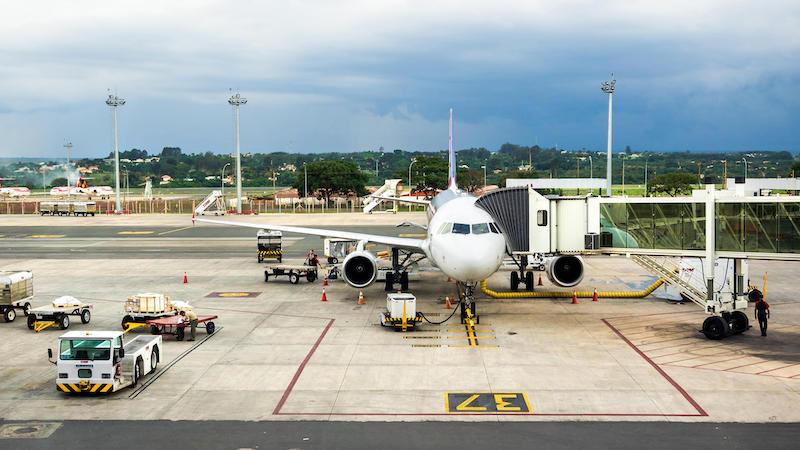
With international capacity still trailing pre-pandemic levels, Brazil has launched a pilot program aimed at enhancing connectivity to and from the country.
The International Tourism Acceleration Program, unveiled during Routes Americas 2024 in Bogotá, will seek to develop public-private partnerships with airlines and airports to increase services and frequencies. About $1.4 million will be made available during the first phase.
Airlines and airports are invited to propose initiatives such as advertising campaigns and promotional trips to attract new air routes, with selected proposals receiving funding.
The scheme is being run by the Brazilian Agency for International Tourism Promotion (Embratur) in collaboration with the Brazilian Ministry of Ports and Airports and the Ministry of Tourism. The funding is being provided by the National Civil Aviation Fund.
“Achieving the growth targets for international tourism in Brazil is intrinsically linked to a market factor, which is air connectivity,” Embratur President Marcelo Freixo says. “There is no point in the growing international interest in getting to know Brazil if there are no direct flights or short connections at a competitive price.”
More News And Analysis From Routes Americas 2024
Priority for funding will be given to flights from “strategic markets” or countries with strong growth potential, even if they are not currently significant for Brazil's tourism. China and Germany are among the markets that have been identified, with about 60% of German tourists visiting Brazil during 2023 flying indirectly via other European countries.
Additionally, the program will prioritize carriers offering increased weekly flight frequences, as well as proposals using more environmentally friendly aircraft.
According to OAG Schedules Analyser data, international capacity from Brazil stands at about 278,000 departure seats during the week commencing March 25, equivalent to about 98% of pre-pandemic levels. However, the number of international routes operating at present is 124, down by 30 on this time in March 2019.
The OAG data shows that while capacity to Chile and Portugal is up by 20% and 27%, respectively, the number of seats to the U.S.—Brazil’s largest international market—remains 24% lower than 2019 levels. Capacity to Argentina and Spain is also down by 5.5% and 24.2%, respectively.
Alongside the International Tourism Acceleration Program, Brazil and Argentina forged a memorandum of understanding (MOU) earlier this month to expand air service between the two countries. Under the MOU, caps on weekly flights between the two countries will be eliminated.
Speaking during Routes Americas on March 19, IATA’s Peter Cerda, regional vice president for the Americas, said the opportunity to grow international traffic to and from Brazil is huge, given the number of annual trips per capita stands at a lowly 0.45, compared with 2.5 trips per capita in the U.S.
“When we look at opportunities, this is it,” he said. “It doesn’t mean the market is not served—we have some fantastic airlines—but … it is a country where people should be traveling at least once a year.”
However, Cerda stressed that Brazil’s government must focus on reducing bureaucracy, cutting litigation and bringing fuel costs down to make the country more competitive and attractive for international airlines.





